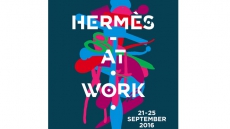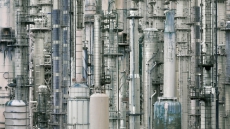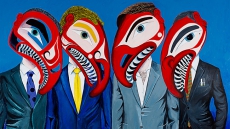MOA Unveils Arts of Resistance: Politics and the Past in Latin America
MORE Exhibitions ARTICLES
Hermès at Work

1055 Canada Place | 21/09/2016 - 25/09/2016
This engaging public event provides a fascinating insight into the traditions and values of Hermès in the crafting of fine objects; a presentation that encourages interaction by giving visitors in Vancouver the opportunity to meet and exchange with the Hermès artisans and experience first-hand their unique savoir-faire.
Hermès at Work
Vancouver Audio Show 2016: See it and hear it to believe it

6083 McKay Ave | 24/06/2016 - 26/06/2016
Expect to see and hear a selection of North American and West Coast audio show debuts over the event weekend, along with some excellent demonstrations full of expert advice.
Vancouver Audio Show 2016: See it and hear it to believe it
RE-FINED: Reimagine’s Forgotten Industrial Space in BC

3045 Granville St | 26/05/2016 - 07/06/2016
This provocative exhibit features a series of highly detailed, incredibly amplified images of industrial buildings and subject matter that is very much a part of cultural and political discussion today.
RE-FINED: Reimagine’s Forgotten Industrial Space in BC
Museum of Vancouver demonstrates cultural power of collecting in new exhibition

1100 Chestnut Street | 23/06/2016 - 08/01/2017
Interactive display shines spotlight on fascinating local collectors and treasures that help us understand our history and community
Museum of Vancouver demonstrates cultural power of collecting in new exhibition
Lawrence Paul Yuxweluptun: Unceded Territories: A politically charged, and timely exhibition

University of British Columbia 6393 NW Marine Drive | 10/05/2016 - 16/10/2016
Provocative exhibition showcases polemical and playful artwork spanning influential 30-year career to spark change in Canada
Lawrence Paul Yuxweluptun: Unceded Territories: A politically charged, and timely exhibition
Crocodile Man: Contemporary Art of the Sepik River, Papua New Guinea

University of British Columbia, 6393 NW Marine Drive | 01/03/2016 - 31/01/2017
North American premiere displays extraordinary collection of Sepik sculpture and draws attention to dire environmental threats facing region
